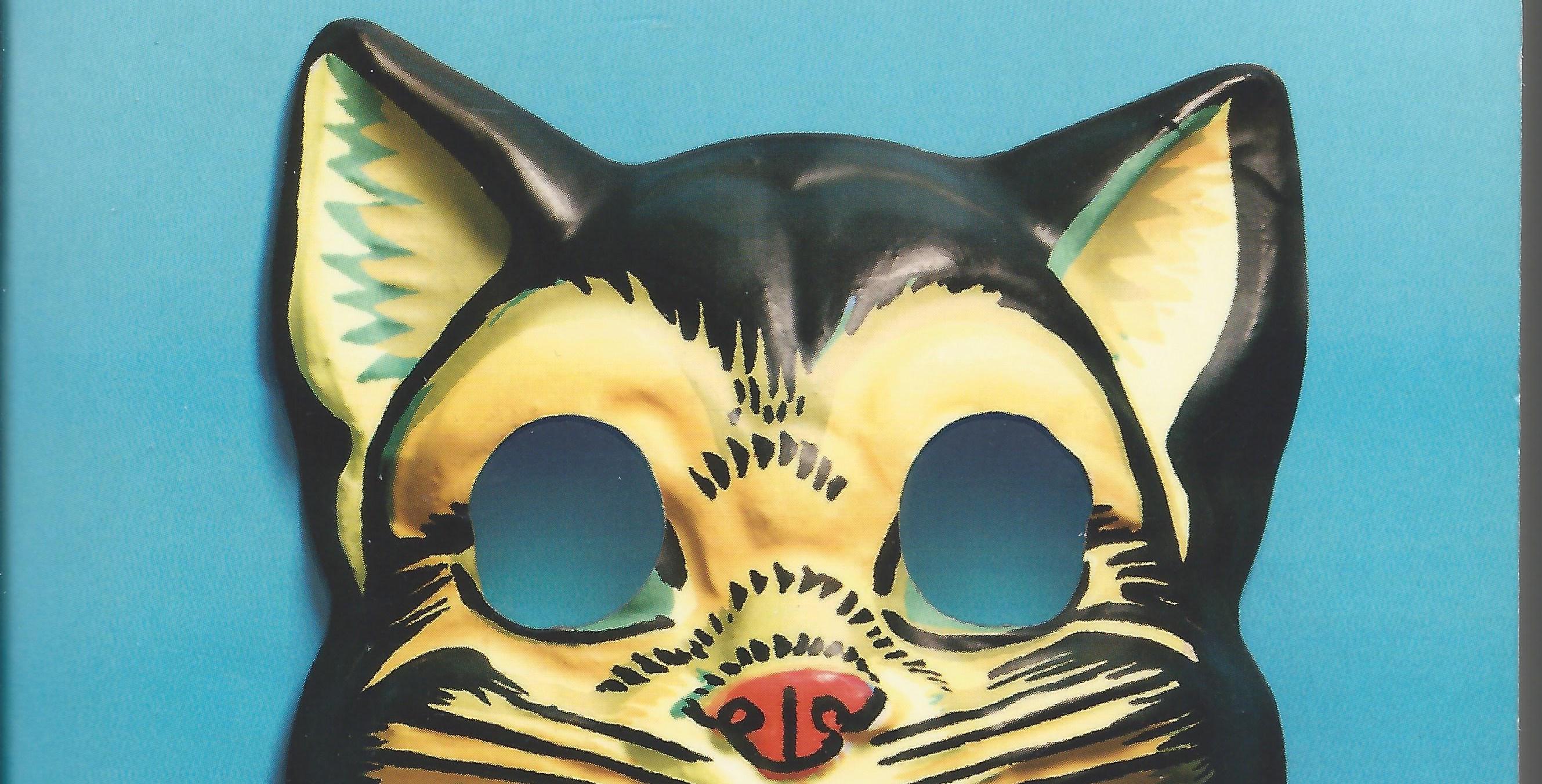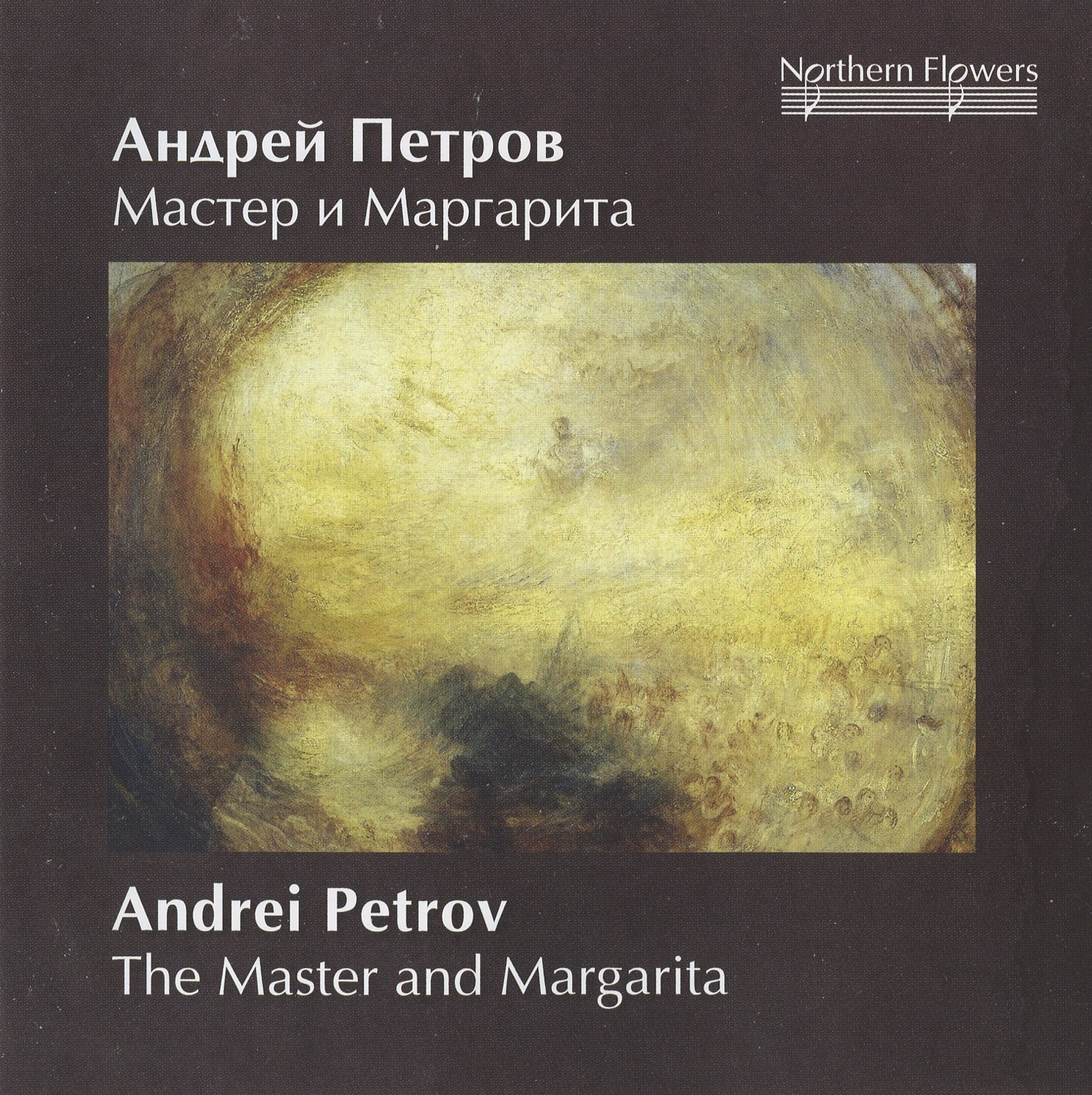

The Master betrayed his artistic freedom – what Bulgakov refers to as the foundation of the civilisation. He did not stand up for what he believed in.

He burnt his novel, and he ended up in the psychiatric hospital. In Moscow, the Master betrayed his own values for fear of repercussion. According to the ideology of the Soviet Union, people were supposed to be unconcerned with a personal gain, but the reality was often opposite as shown in the book.Ĭowardice is another human trait described in The Master and Margarita that does not change despite the passage of time. Pilate puts his career first above the life of an innocent man he goes against his own values for his personal gain – to satisfy his own greed.ĭuring Black Magic Debut Carnival in contemporary Moscow, there was a double queue, when one of Woland’s assistants rained down money on people.

In ancient Jerusalem, the crucifixion of Yeshua is depicted as a spectacle where over one thousand people come to see it despite hot scorching weather. Greed is also one of the ‘evil’ characteristics which can be shown in people’s behaviour as a feeling superior to others, a love of spectacle. Woland refers to human greed, an ever-existing quality of human character regardless of the times and places one lives in. “(…) they are people like any other people, they love money (…)”. In the book, Woland expresses these feelings in the following way:

Times change, discoveries happen but human nature remains the same, no matter what political system or religion is in place. Woland concludes that people of Moscow living in the 1930s and people of Jerusalem living in the times of Yeshua (Jesus) have the same qualities – the essence of human nature does not change even if the structure of the state changes – it is still impossible to transform a “human soul”. Here, the Devil is a meticulous observer of humanity, of contemporary Moscow and of ancient Jerusalem. When it comes to his deeds, there is no clear distinction between good and bad. Woland, the Devil in the book is an ambiguous character he is like a human character. It does help to dig into the history of Russia and Eastern Europe of the 1920s and 1930 to better understand all the symbolism in Bulgakov’s masterpiece.ĭepiction of Human Nature, Good, and Evil The Master and Margarita is a multi-layered book with many symbolic references. Having an Eastern European heritage, Bulgakov’s book has always resonated with me at a personal level as no other book ever had. This book holds a special place in my heart as it depicts beautifully with all the necessary nuances the most important characteristics related to Russia and Eastern Europe during the course of the tragic 20 th century. The Master and Margarita by Mikhail Bulgakov is one of my favourite books I have ever read.


 0 kommentar(er)
0 kommentar(er)
